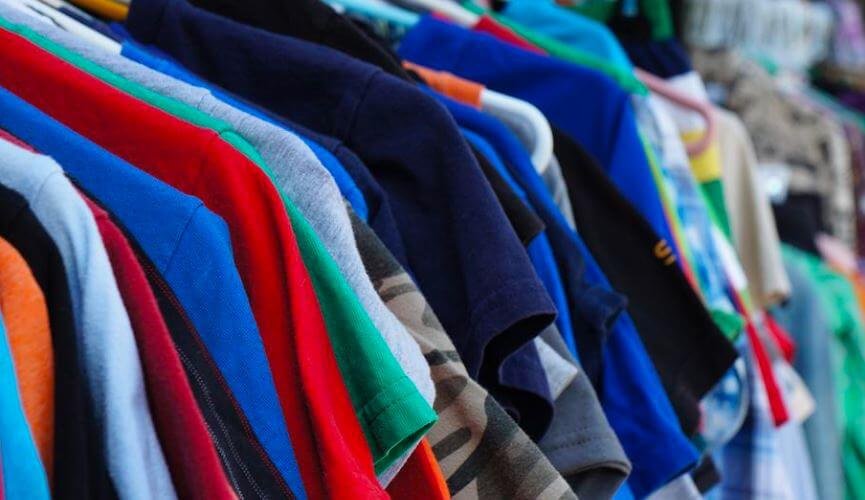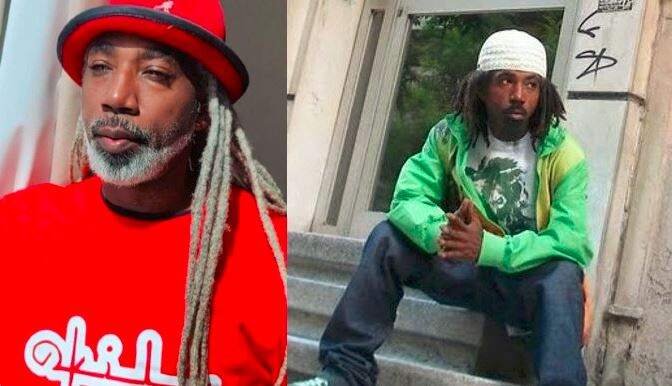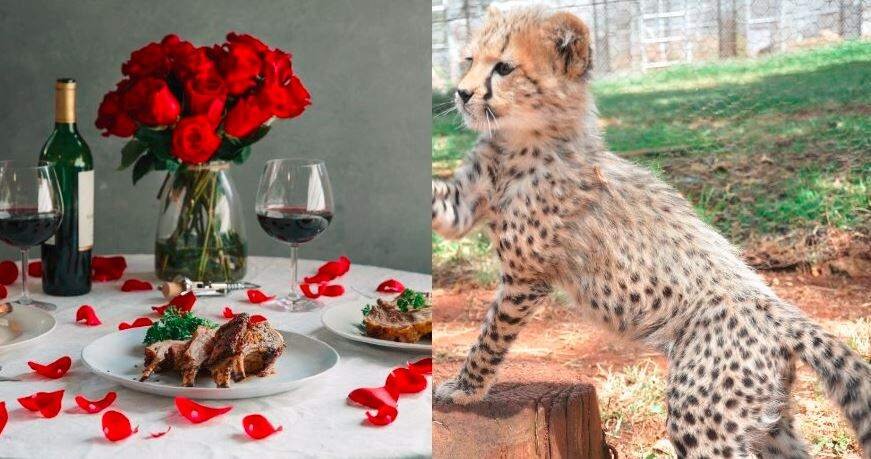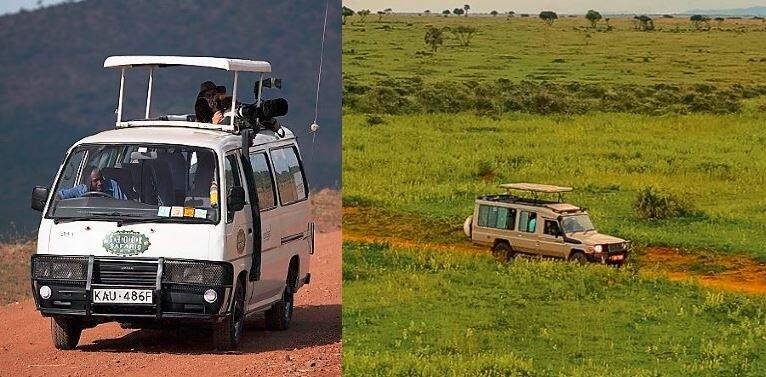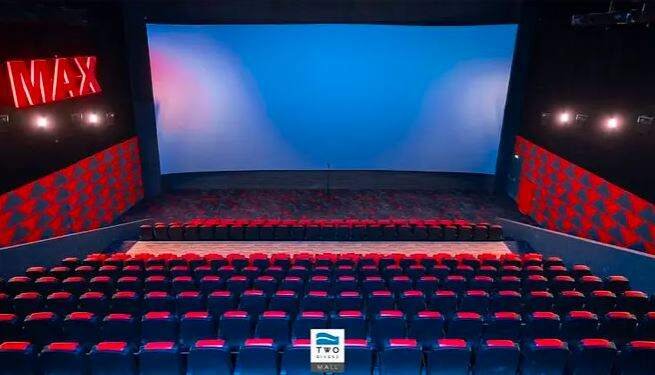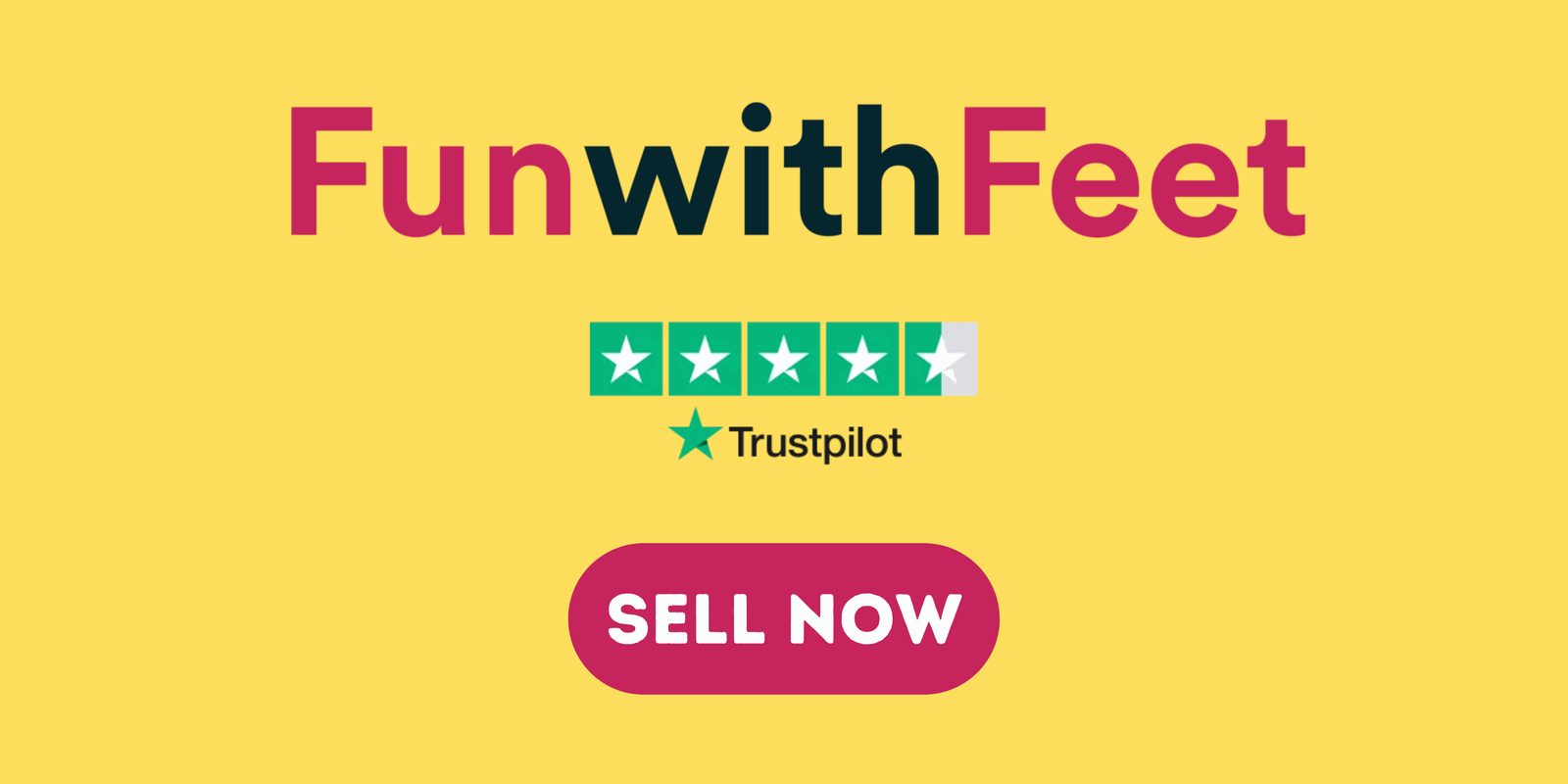Have you ever seen those piles of clothes and household items on the side of the road and thought to yourself, “I could make some money if I started such a business?” If so, then you may be interested in starting a mitumba business. Today, you’ll learn how to start a mitumba business in Kenya and succeed.
To start a mitumba business in Kenya, you need to have at least Ksh. 5,000, acquire business licenses and choose a location with high traffic. These factors will give you an edge over other mitumba businesses and ensure you make profits.
Mitumba businesses are becoming increasingly popular in Kenya, and for good reason—they’re affordable to a majority of Kenyans. In this guide, I’ll take you through starting a mitumba business in Kenya, starting from the amount of money you need. I’ll also cover how to manage the business. Let’s get started!
How to Start Mitumba Business Step-by-Step Guide
Let’s begin by looking at what it takes to get into the mitumba business in Kenya—while being overlooked, selling second-hand clothes has proven to be lucrative to many people. One must, however, have effective strategies and be ready to do things differently.
To start and run a successful mitumba business, follow the steps below.
Raise Capital
Starting a second-hand clothes business in Kenya requires capital ranging from Ksh. 5,000 to Ksh. 500,000. It all depends on how much stock you’re willing to take and how much risk you’re ready to take.
The mitumba business startup cost will differ depending on several factors, including
The Cost of License and Permits
You must get a business permit if you’re operating your business in major cities. Permit costs differ depending on the size and location of your business. However, the price of these permits ranges from Ksh. 2,000 to Ksh. 10,000.
The supplier
Different suppliers offer different prices for bales. So ensure to shop around and compare suppliers before settling on one.
Related: How to Start a Fruit Juice Blending Business in Kenya
Business Model
If you’re planning to operate your business from a permanent location, you’ll need to consider the rental cost in the area.
Transport
If you’ll buy clothes from one place and sell them in another, you’ll need to factor in transportation costs. The cost will be even higher if you ship the bales abroad.
Quality and Type of the Clothes
The newer clothes cost more than the old ones. Also, adult clothes tend to be more costly than kidswear.
Staff
If you’re planning to open a big mitumba business, you’ll need someone to help. You have to factor in the amount you’ll be paying them.
Find Out: Youth Fund Mobile Loans in Kenya
Mitumba Bales Vs. Individual Clothes

If you’re buying bales, you’ll require more startup capital than handpicking individual clothes.
With Ksh. 5,000, you can go to markets like Kongowea in Mombasa or Gikomba in Nairobi and select clothes individually. The optimum time to get the best stuff is in the early morning when suppliers are opening bales.
If your budget is not too tight and you’ve at least Ksh. 30,000, purchase a bale.
Market Research
Getting into something blindly mostly leads to pains and regrets- this also applies to the business of selling mitumba. You should study your market and identify gaps and needs that your business may cover.
For instance, if you’re operating your business in Limuru, importing a bale of swimwear will not be the smartest thing to do. You need to be ready to blend into the demand and rules of your respective market.
Some items are seasonal, for example, warm weather clothes. You should factor in all these before investing your money into the business.
Identify a Suitable Location
A strategic location is key to success in the second-hand clothing business. When looking for a location, it’s advisable to look for one with high foot traffic, like markets. Identify a location where your target clients flock to enable you to make good returns and grow.
You can take advantage of market days to sell your clothes, as this is when most people flock to markets to purchase their weekly items. Depending on the clothes type you’re selling, consider the weather and population of a place, people’s culture, and what is in demand.
For instance, you can’t sell skimpy clothes in places like Marsabit as most people are Muslims. Their culture and religion abhor such dressing. The dressing will only suit urban areas and places near colleges.
You also need to consider the weather of a place. If you want to sell clothes in Mombasa, don’t buy a bale with winter clothes as the weather on the coast is mostly hot.
You must protect your staff from theft, whether selling in a stall or open-air market, so you don’t incur losses. Therefore, once you locate a suitable place, look for a secure premise like a stall or shop where you can sell from or store your wares, or both.
Understand Your Target Market
Another essential step you need to undertake is to study the marketplace so that you’ll be able to meet your customer’s demands. Identify what appeals to your target customers.
Do they have a preference for any certain fashion? Are they purchasing for luxury or a need? What are their preferences? This will significantly impact the type of bale you buy for resale.
The clothing must resonate with your customers; otherwise, you’ll be stuck with dead stock that you can’t sell, resulting in significant losses.
Choose a Business Model
Decide if you want to sell a bale or handpicked single items. If you’re looking to start big and have adequate capital, buying a bale instead of single items is recommended. But if your capital is relatively low, you can start with single clothes.
The benefits of buying a bale are; higher profit margins, a bigger stock that will last longer, and you build a better relationship with your supplier.
There are also some advantages of buying a bale. For example, it requires a big capital which might be tricky if you want to start small. You may also purchase a bale that contains low-quality clothes than you expected.
When you buy single items, you reduce the chance of buying low-quality clothing as you can see them before buying. The drawback of this model is that single items have a higher cost per item resulting in low-profit margins.
Get the Necessary Licenses
To operate a mitumba business; you must have a single business permit. The license cost differs from one county to another, but its average cost is Ksh. 8,000 annually.
If you decide to sell your clothes in an open-air market, the fee is lower as they charge daily. The average open market charges Ksh. 200 daily.
Determine the Type of Mitumba to Sell
Selling all types of second-hand clothes is okay. But if you want to build a brand around your business, you’ve to niche down. For example, you can focus on kidswear, sweatpants, jackets, or ladies’ shoes.
The benefit of selling only products from a certain group is that customers will start associating you with professionalism. So instead of being known just as the “mitumba guy,” you’ll be known as “mercy wa blouses,” making it easier to brand your business.
If one is looking for a sweatpant, they are more likely to go to “ Jane’s mitumba sweatpants ” than to the person who sells everything. You might fear selling only one specific type of clothes because you’ll miss some customers, but that’s not the case. There are some advantages of niching down:
- You create a good relationship with your clients as you understand their needs when they come to you.
- It’s easier to operate your business.
- It is easier to build a brand for your business.
- You understand your products well with time hence offer the best quality to your customers
When choosing the type of mitumba clothes to sell, you need to consider the following factors;
Weather
You can’t go selling jackets in Mombasa
Culture
You will most likely incur losses if you sell skimpy dresses in Muslim areas. But the same clothes will be a hot cake in city towns like Nairobi.
Profitability
You should focus on the most profitable clothes.
Find a Reliable Mitumba Supplier
With so many conmen in the mitumba market; you need to do good research to find someone with a trustworthy track record. You can join Facebook groups focused on the mitumba industry, where buyers and sellers discuss the second-hand clothes business and expose conmen.
Doing so allows you easily get supplier’s contacts and stay updated on the new stock arrivals. As a starter, it’s always prudent to sample several suppliers and check who has the best customer reviews and also their price differences.
Alternatively, you can approach people in the mitumba business and request them to refer them to reputable suppliers. Referrals are helpful since finding a reliable and trustworthy supplier who will sell you high-quality bales at competitive pricing is challenging.
Also, you can go to Gikomba-the biggest air market in Nairobi, and visit the mitumba godowns and warehouses in search of suppliers. Be precise about what you want in terms of quality and bale type.
Create a good relationship with them as it will be vital since they will be more likely to contact you before alerting others when a new shipment of bales arrives. If you opt to sell individual items, go to Gikomba or any other nearby open-air market early in the morning since this is when bales are opened, allowing you to choose the best clothes before other buyers.
Purchase Your First Bale
Now that you’ve found a reliable supplier and know what you want to sell, it’s time to purchase your first bale. First, you’ll need to understand the different types of Mitumba bales. Also, you’ll need to be conversant with the prices to avoid getting ripped off by suppliers. You need to know the type of bale to determine if it’s overpriced. Many suppliers hardly ever explain the types; they merely state them.
Types of Mitumba Bale
There are five common types of bales. Let’s look at what they contain and where to sell them for attractive returns on investment. These mitumba bales are;
Creme Bale.
Just as the name implies, this is the creme de la creme of bales. It consists of newly made or bought unused clothing that was donated. Mostly you’ll find these clothes with intact price tags.
Due to its contents, the creme bale is the most costly. It requires you to have at least Ksh. 30,000 to get one, especially for kids. Creme bale clothing is sold in high-end shops or boutiques where the middle class is your primary target market.
Grade A Bale
Grade A is the second type of mitumba bales. The bale contains high-quality clothes that are slightly worn with hardly any defects. While it’s a rummage, you can find some bales with particular designs and materials.
Depending on what you intend to sell, you can get a good grade A bale with less than Ksh. 26,000. If you buy this bale, divide your clothing according to quality. The best ones, commonly known as cameras, sell them in shops or online, while the rest you can sell on the open-air market at lower prices.
Grade B Bale
Grade B is cheaper and of lower quality than grade A. It still, however, contains some appealing clothes. You should take this bale to an open-air market and divide the clothing into several categories with fair prices.
The most costly clothing in this category costs around Ksh. 200 to Ksh. 300 and goes as low as Ksh. 50.
Grade C Bale
This bale consists of clothing with minor defects like faded color, small tears, dents in leather products, or ink spills. The best thing is that these defects can be corrected before taking your clothing to the market.
Grade D Bale
Grade D bale contains clothing with major defects that are not easy to rectify. Grade D is the cheapest and doesn’t have good returns as you might be forced to sell some clothes at throw-away prices.
Therefore, if you’re looking to make good returns by selling to the middle class, you should avoid Grade C and D bales.
Mitumba Bales Prices
The cost of mitumba bales in Kenya differs depending on the bale type and the supplier. The table below represents a range of bale prices.
Note: The prices are just estimated; hence should be used as a guideline rather than the actual price.
| Type of Clothes | No. of Pieces Inside | Cost (Ksh.) |
| CHILDREN CLOTHES BALES | ||
| Boys shorts | 150 + | 30,000 |
| Boys shirts | 200+ | 30,000 |
| Boys jeans | 120+ | 18,000 |
| Girls dresses | 250+ | 28,000 |
| Children trousers | 120+ | 18,000 |
| Children jackets | 100+ | 15,000 |
| Children T-shirts | 200+ | 22,000 |
| Children trench | 80+ | 12,000 |
| Children hoods | 120+ | 15000 |
| Children rubber shoes | 70 pairs | 23,000 |
| Baby medium clothes | 180+ | 18,000 |
| Baby rompers light | 200+ | 16,000 |
| Baby blankets | 180+ | 16,000 |
| Baby rompers heavy | 100+ | 23,000 |
| MEN’S CLOTHES BALES | ||
| Men’s trousers | 100+ | 16,000 |
| Men’s shirts | 200+ | 30,000 |
| Men’s t-shirts | 200+ | 22,000 |
| Men’s khaki pants | 100+ | 21,000 |
| Men’s sweatshirts | 100+ | 12,000 |
| Men’s hoodies | 80+ | 15,000 |
| Men’s jeans | 100+ | 20,000 |
| Men’s trench coats | 40+ | 14,000 |
| Men’s tracksuits | 100+ | 18,000 |
| Men’s rubber shoes | 50+ | 23,000 |
| Men’s jackets | 40+ | 14,000 |
| LADIES CLOTHES BALES | ||
| Ladies dresses | 140+ | 28,000 |
| Ladies tops | 300+ | 15,000 |
| Ladies sweaters | 200+ | 14,000 |
| Ladies chiffon blouses | 280+ | 21,000 |
| Ladies’ spaghetti vests and top | 400+ | 12,000 |
| Ladies khaki trousers | 200+ | 16,000 |
| Ladies handbag | 100+ | 14,000 |
| Ladies denim jackets | 80+ | 18,000 |
| Ladies palazzo pants | 150+ | 24,000 |
| Ladies bras | 600+ | 32,000 |
| Ladies rubber shoes | 50+ | 18,000 |
| OTHER ITEMS | ||
| duvets | 18+ | 18,000 |
| Bed covers | 50+ | 13,000 |
| Bed sheets | 65+ | 19,000 |
| Toys | 200+ | 18,000 |
| Towels | 80+ | 23,000 |
Bottom Line
Just like any business, starting a mitumba business has its challenges. You need to understand it takes a lot of patience, determination, hard work, and persistence for one to be successful.
The guide above provides you with tips on how to start a mitumba business in Kenya. Don’t allow your limited capital to stop you. Great accomplishments come from humble beginnings. Rise, plan, get your products, and get started.
